(354 products available)





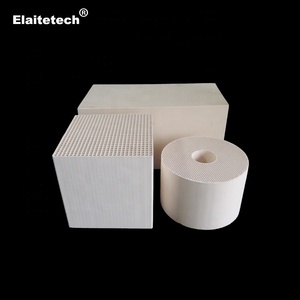

















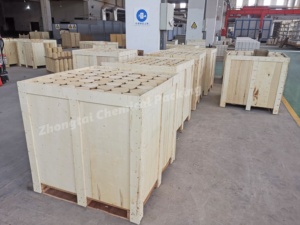






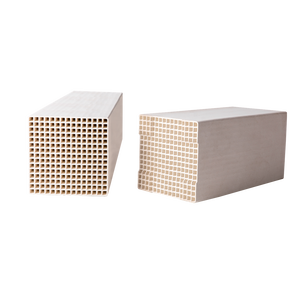


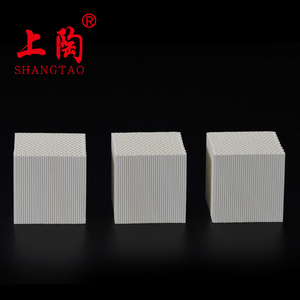







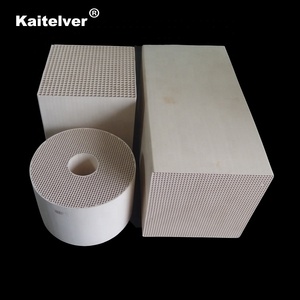
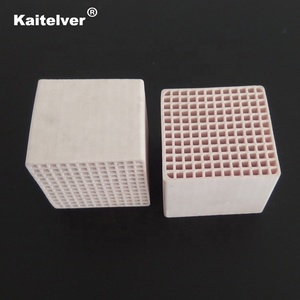


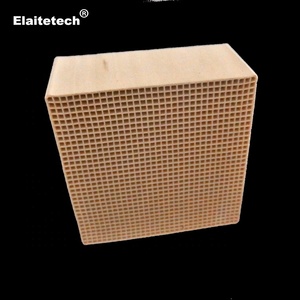


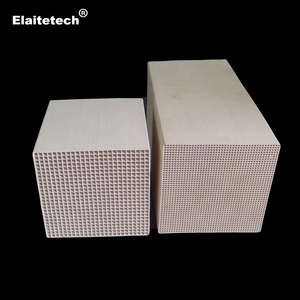



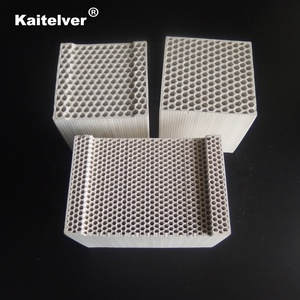
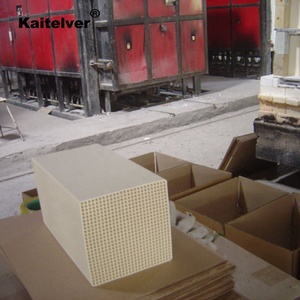




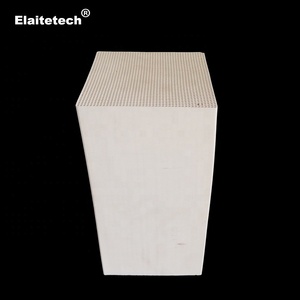




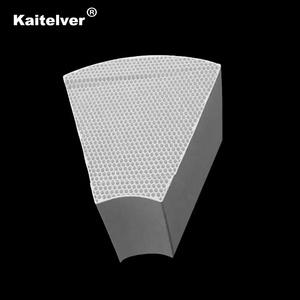

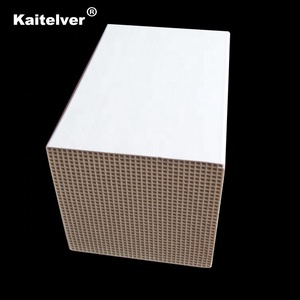
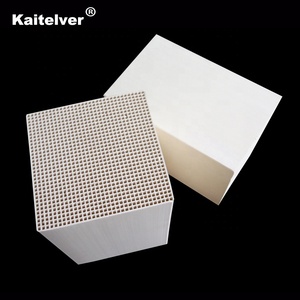




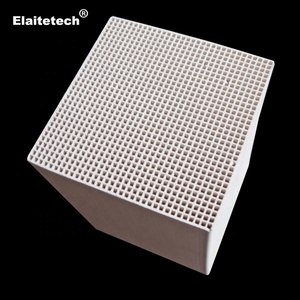


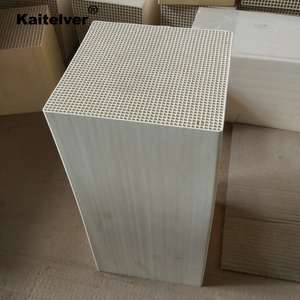
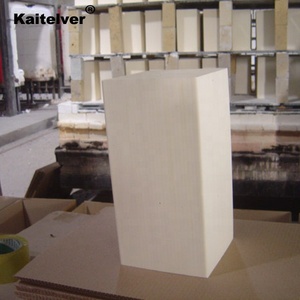


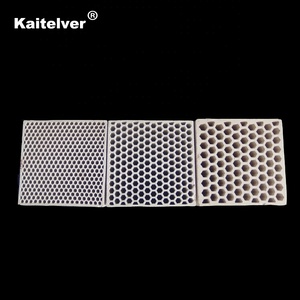

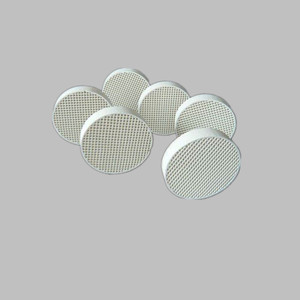
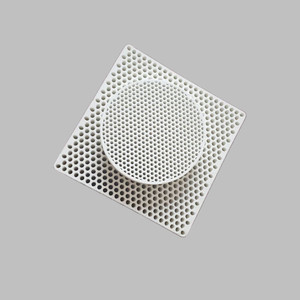







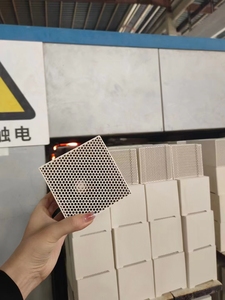


















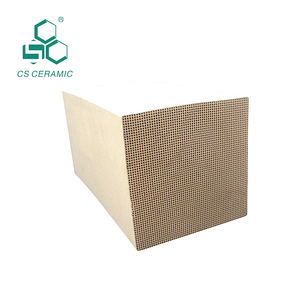


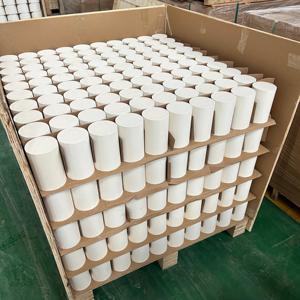



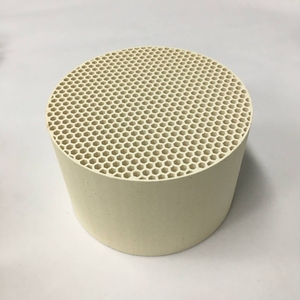


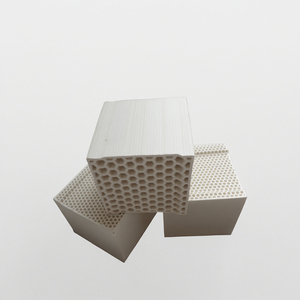








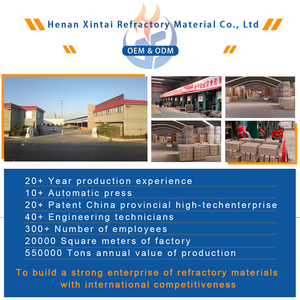
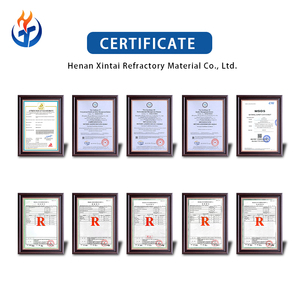






















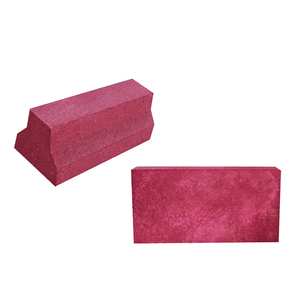




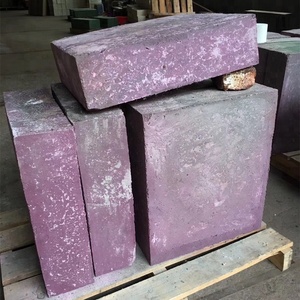
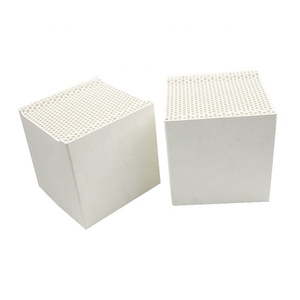



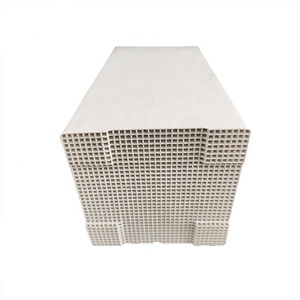


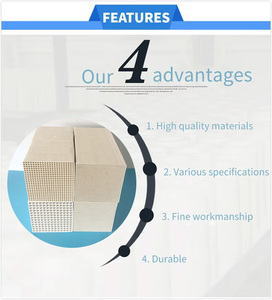

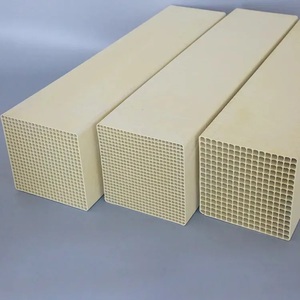



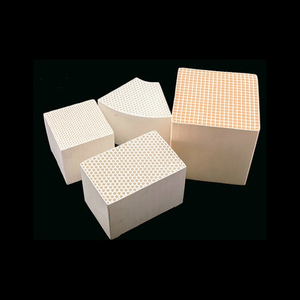


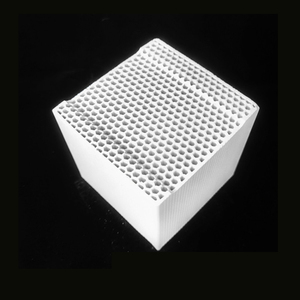



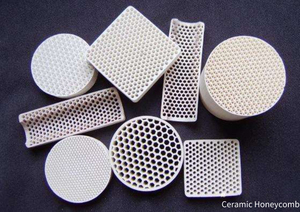
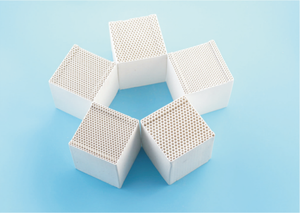
















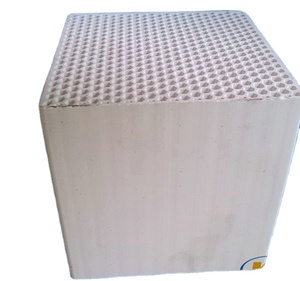
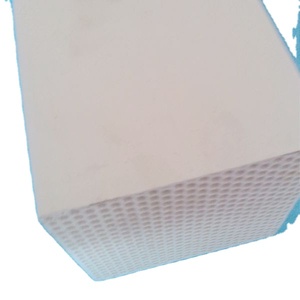





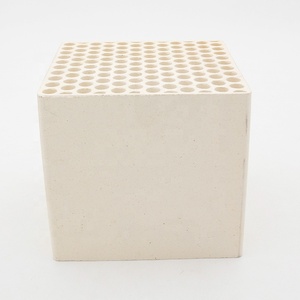

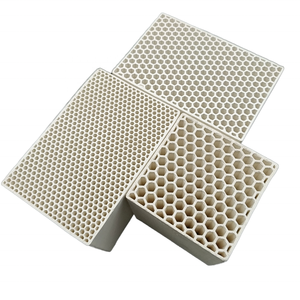

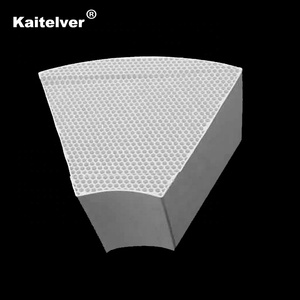




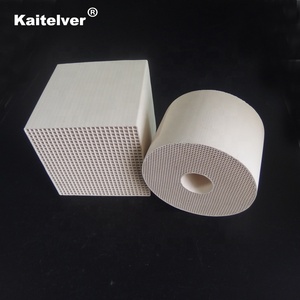







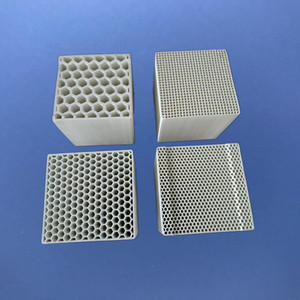



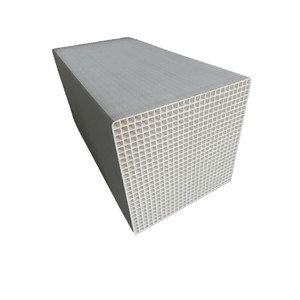











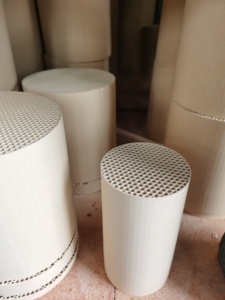
Types of RCO heat exchangers
RCO heat exchangers are crucial components of machinery used to transfer heat between two or more fluids within a machine. There are several different kinds of industrial RCO heat exchangers:
Shell and tube heat exchanger:
A shell and tube heat exchanger consists of numerous long cylindrical tubes arranged in parallel within a large shell. One fluid flows through the tubes, while the other fluid flows over the outside of the tubes within the shell, resulting in heat transfer between the two fluids. Shell and tube heat exchangers can be designed and manufactured according to specific requirements.
Plate heat exchanger:
A plate heat exchanger consists of numerous thin plates arranged in parallel, creating multiple channels. Heat transfer occurs between the fluids flowing through the channels. This type of heat exchanger is compact and efficient.
Air-cooled heat exchanger:
An air-cooled heat exchanger utilizes air to cool or heat a fluid. Typically, a fan or blower is used to force the flow of air, which then removes the heat from the fluid or adds heat to it. Air-cooled heat exchangers are suitable for occasions where there is a lack of cooling water.
Double-pipe heat exchanger:
A double-pipe heat exchanger consists of one pipe inserted into another larger-diameter pipe. One fluid flows through the inner pipe, and the other fluid flows through the annular space between the outer pipe and the inner pipe, allowing for heat transfer. Double-pipe heat exchangers are simple in structure and easy to manufacture.
Zinc-coated steel heat exchanger:
A zinc-coated steel heat exchanger uses heat exchange elements made of zinc-coated steel. This kind of heat exchanger has strong corrosion resistance and durability, and it can adapt to various harsh working environments.
Combustion Chamber:
The 3C combustion chamber's dimensions and volume are flexible. It corresponds with the masses and demands of other parts. The configuration ensures the complete burning of fuel.
Flues:
The quantity and layout of the flues are directly related to heat transfer efficiency. More flues typically mean better heat exchange but can also increase resistance.
Heat Transfer Area:
This area denotes the total surface that participates in heat transfer. A larger area usually indicates greater heat transfer.
Insulation Material:
The insulation material's kind and thickness can impact heat preservation efficiency and energy consumption.
Regular maintenance of RCO heat exchanger are as follows:
Routine Inspection:
Check the overall appearance of the device for any signs of damage or leakage. Repair or replace components in a timely fashion if they are found.
Clean-up:
Wipe the surfaces of parts like the combustion chamber and flues to avoid residue accumulation and ensure efficient heat transfer.
Check Connections:
Ensure that each component's connections are tight, avoiding gas leakage or safety hazards.
Check Insulation:
Examine the heat-preserving materials for any signs of aging or damage. Insulation should be repaired or replaced if necessary to maintain energy efficiency.
Pay Attention to Safety:
Ensure that devices such as exhaust fans and monitoring instruments are operating properly. User manuals should be followed to prevent safety accidents.
The primary purpose of the exhaust RCO heat exchanger is to recover energy from exhaust gases in various industrial applications. Here are some common usage scenarios for RCO heat exchangers.
Industrial combustion processes
RCO heat exchangers are commonly used in industries with high-temperature exhaust streams, such as the metal, ceramic, glass, and cement industries. By recovering thermal energy from the exhaust, RCO heat exchangers can preheat combustion air, materials, or other process streams, reducing the need for additional fuel.
Power generation
RCO heat exchangers are utilized in power plants to recover heat from flue gases produced during combustion in boilers, gas turbines, or internal combustion engines. The recovered heat can be used to generate steam for steam turbines (using a separate device like a steam RCO exchanger), augment cooling in gas turbines through a gas turbine RCO exchanger, or feed into a combined cycle power plant to increase overall power plant efficiency.
Waste heat recovery
RCO heat exchangers play a crucial role in waste heat recovery systems. These systems aim to recover heat from various sources, such as industrial processes, engines, or gas turbines, where RCO heat exchangers are used to transfer the heat to another process or system, such as a steam boiler or a cooling loop.
District heating
RCO heat exchangers can be used in district heating systems to recover heat from industrial exhaust gases or flue gases from centralised combustion facilities. The recovered heat is then distributed to residential or commercial buildings through a network of insulated piping.
Purchasing an RCO heat exchanger requires an understanding of a variety of industrial applications. A thorough analysis of the business needs will guarantee optimum performance and value for investments. Here are some significant tips for selecting an RCO heat exchanger:
Grasp the idea
Recognizing the working concept of an RCO (Regenerative Combustion Oxidizer) heat exchanger is essential. It is a component used to recover and transfer heat in RCOs to boost the efficiency of the RCO's combustion process. By recovering heat from the combustion gases, the RCO heat exchanger helps reduce the overall energy consumption of the system by preheating incoming air or other gases before they enter the combustion chamber.
Identify critical parameters
Knowing the key factors of an RCO heat exchanger, like the flow pattern, the materials used, and the configuration, is also essential. First, RCO heat exchangers typically have a counterflow pattern, which means that the two fluids flow in opposite directions to maximize heat transfer. The second is that RCO heat exchanger components must be made from materials that can resist high temperatures and corrosive environments, such as stainless steel or alloy materials. Regarding configurations, compact designs are typically used in industrial settings with limited space; roof-mounted designs allow for easy installation and a smokeless industry, while skid-mounted designs enable simple transportation and assembly.
Assess industrial needs
Consider the distinctive requirements of various industries. Different industries have distinct needs when it comes to maximizing heat exchange and lower pollution. Select specialized RCO heat exchangers that satisfy the particular industrial setting and environmental regulatory requirements.
Think about the installation area's features
The selecting criteria also depend on the characteristics of the installation site. There are compact RCO heat exchanger designs for industries with limited space; roof-mounted designs allow for easy installation and a smokeless industry; while skid-mounted designs enable simple transportation and assembly. Choose an RCO heat exchanger that is suitable for the particular installation location to ensure secure and dependable installation.
Consider energy requirements
Different industries have distinct energy requirements. Small-capacity models that are economically acceptable might be used in food processing industry. The high-efficiency industrial RCO heat exchanger cats used to handle large combustion volumes and ensure effective heat transfer in the chemical industry. Choose an RCO heat exchanger that meets the particular industrial energy needs to ensure efficient production processes.
Q: What is an Rco heat exchanger? Explain how it works.
A: An Rco heat exchanger connects two fluids flowing in different directions. The first fluid transfers heat to the second fluid, which then absorbs the heat. Both fluids flow through separate adjacent set of tubes. This tube configuration allows them to exchange heat. After taking away the heat, the second fluid continues circulating within the system.
Q: What are the benefits of an Rco heat exchanger?
A: Rco heat exchangers are compact devices that recover heat from waste fluid. They can boost energy efficiency by 20 to 50%, reducing business operational costs. By installing Rco heat exchangers, companies can cut their carbon emissions and get closer to environmental sustainability.
Q: What industries use heat exchangers?
A: Industries that handle large fluid volumes and high temperatures use heat exchangers. Common industrial processes found in oil and gas, chemical, power generation, pulp and paper, metal, mining, and food and beverage often use heat exchangers. About 90% of heat exchangers are plate exchangers.
Q: What is an air to air heat exchanger?
A: An air-to-air heat exchanger is a device that transfers heat from one air stream to another. In doing so, it can recover heat from exhaust air to warm incoming fresh air. This process increases energy efficiency by reducing the need for additional heating from external sources. Various configurations exist for air-to-air heat exchangers, including counterflow and crossflow.
Q: What is the difference between an air to water and air to air heat exchanger?
A: An air-to-water heat exchanger transfers heat from the air to a water-based system. It typically links to a boiler or water tank that supplies hot water. The hot water can then circulate in piping systems or feed boilers to assist in industrial processes. On the other hand, an air-to-air heat exchanger directly transfers heat between two air streams without an intermediate transfer medium.